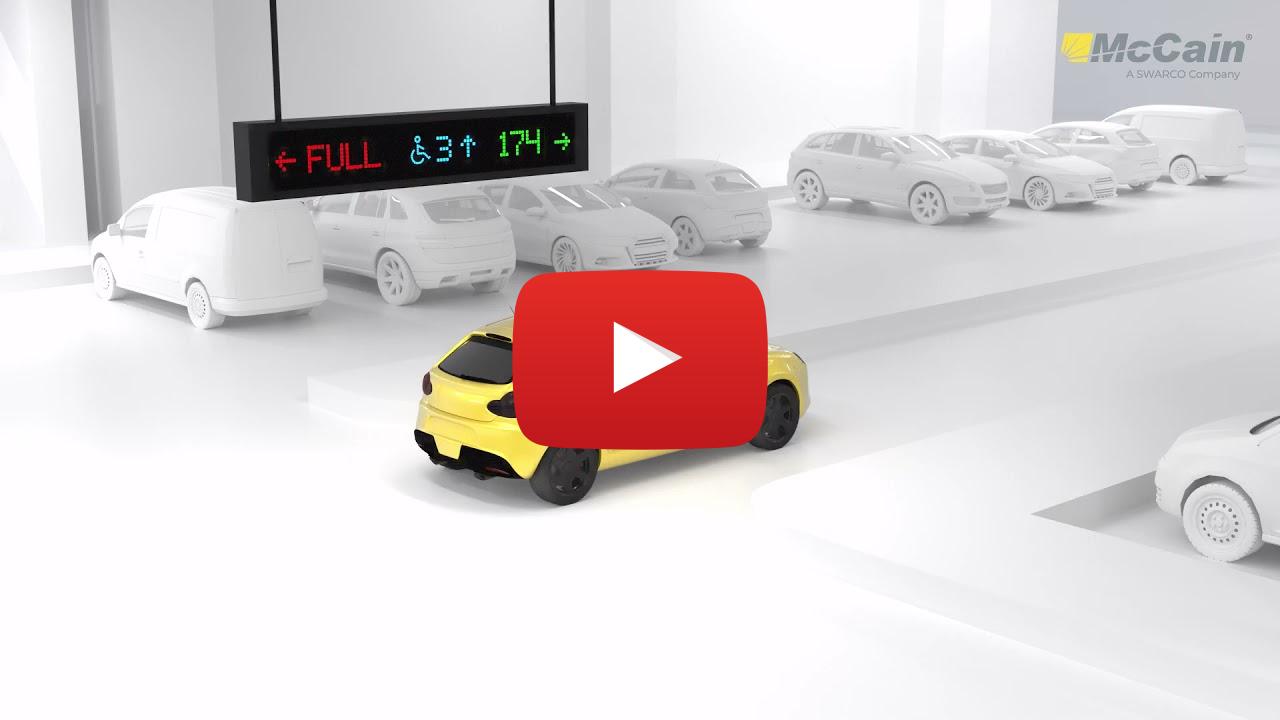
The modular concept allows for operation across platforms, different operating systems and a freely-scalable number of clients, according to the German firm.
Called EyeUnify, the software is available free to users and can be adapted to specialist needs by Eyevis, the client or third parties.
The product covers all standard functions of a modern control room, while the open-source concept means that it opens the way to customisation by the user and the integration of future developments.
EyeUnify comprises four software modules that can be combined with one another depending on the application.
The central module – unify.core – runs on a Java application server on Linux, Windows or MacOS. An interface with any browser is provided by unify.crtl. Third-party devices such as media controllers can remote control the entire wall management system via unify.link.
The last module, unify.exec calculates the image content to be displayed – either centralised on a netPIX graphics controller or decentralised on every single display with an OPS-standard eyevis processing unit.
“Open source is becoming and and more important in the development of professional solutions due to its various advantages for the user,” Kai Schonberg Eyevis director of IT development said at Intertraffic 2016.
“Users with high security standards appreciate the additional transparency provided by disclosing the source code.”
Schonberg added: “With EyeUnify, we supplemented our product range with a lean and flexible solution, which is suitable for many new installations and has benefited from our longstanding expertise in the area of professional visualisation solutions.”









